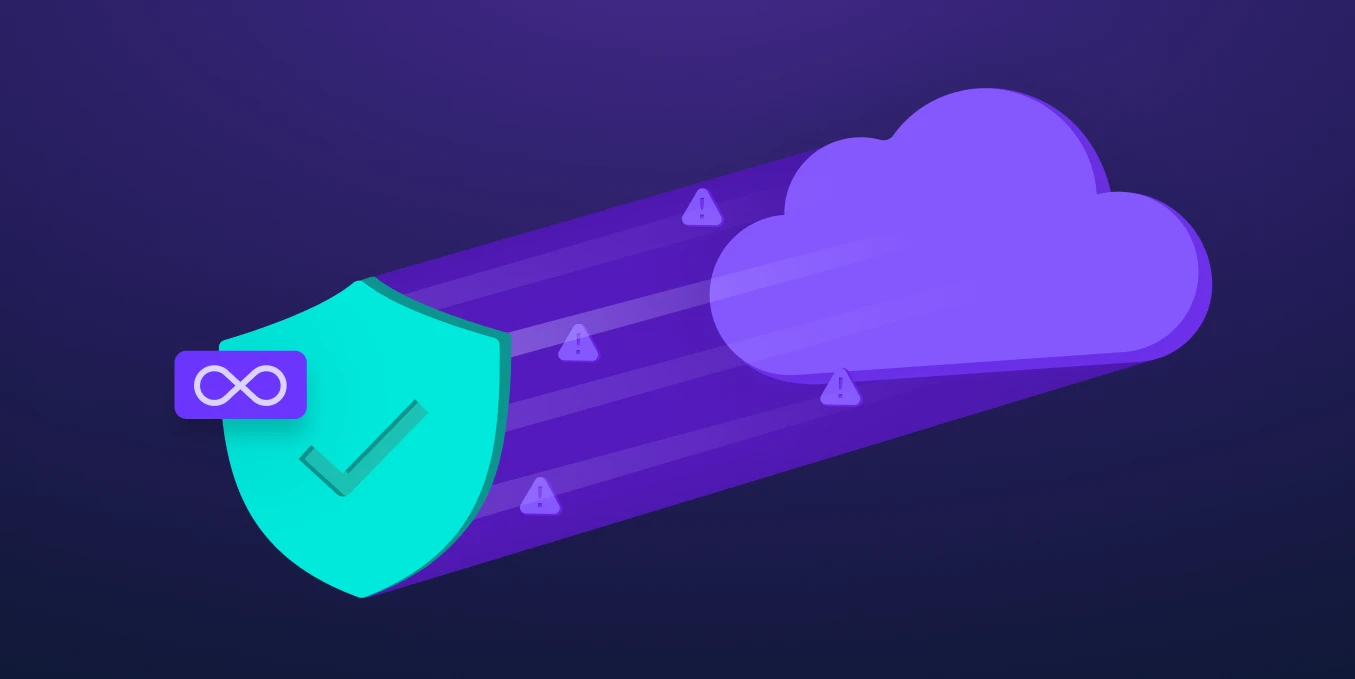
Summary
“ Secure code review is a crucial part of application security, and the right tools and processes can help developers to integrate secure coding practices without being a blocker to innovation and developer velocity. This article looks at secure code review best practices, including prioritization, automation, and the right scanning tools. ”
In a reality where applications quickly move from code to cloud, security across the Software Development Lifecycle (SDLC) must be a priority in every phase. Ensuring secure coding practices in code reviews are a critical checkpoint, providing developers the ability to identify and address vulnerabilities early in the process, before they can become costly or complex to fix.
With the right secure code review best practices, code reviews can go beyond finding bugs to actively enhancing the security posture of applications. This article highlights actionable, security-focused tips specifically tailored for developers conducting code reviews to ensure code security.
1. Prioritize High-Risk Code Segments
As Gartner explains, many organizations have a misguided idea that they can pursue and achieve zero-vulnerability applications. Instead, when conducting a code review, developers should prioritize areas known for higher security risks, such as authentication, authorization, and data handling code. These segments, if compromised, often lead to the most damaging vulnerabilities. Prioritization enables reviewers to spend more time on these critical sections rather than attempting to manually assess the entire codebase.
It’s also beneficial to establish security-focused code review guidelines that identify these high-risk areas, allowing all reviewers to focus on the most sensitive portions of the code for every review session. This focused approach reduces risk and supports consistent, secure development.
2. Integrate Automated Security Scans Early
Incorporating code scanning tools such as Static Application Security Testing (SAST) and Software Composition Analysis (SCA) into the CI/CD pipeline allows automated security scanning before formal code review. By doing this, developers and reviewers can catch vulnerabilities and open-source security risks early, providing a more comprehensive review experience.
When automated scanning occurs early and continuously in the SDLC, reviewers can concentrate on validating the effectiveness of security fixes, reviewing code architecture, and identifying complex security flaws that automated tools might miss. This practice not only reduces manual effort but also helps ensure that high-impact vulnerabilities are addressed before they progress through the development lifecycle, supporting a seamless transition from code to cloud.
3. Verify Against Secure Coding Practices and Standards
Secure coding standards, such as those from OWASP, help establish consistency in the code review process and reinforce best practices across teams. Check that your application security platform allows reviewers to check code for adherence to standards that mitigate common vulnerabilities like SQL injection, cross-site scripting (XSS), and insecure deserialization.
Let’s take API security risks for example, as outlined in the OWASP API top ten. To meet the risks, within Checkmarx One API documentation is scanned in design, before developers start coding, and then scanning is integrated in the tools that developers are already using to avoid the issues of context switching. Source code is then scanned again at check-in or code merge, with findings aggregated and cross-referenced against API documentation. This ensures no shadow or zombie APIs are missed. Once in the CI/CD pipeline, developers receive updates on any flaws, and deployments are secured using Infrastructure as Code. Insecure configurations that could expose APIs are then flagged.
4. Don’t Forget Cloud Security Compliance
Modern applications often depend heavily on cloud infrastructure, so it’s essential to include cloud security configuration as part of the code review. With Checkmarx IaC (Infrastructure as Code) scanning, reviewers can identify risky configurations such as open S3 buckets, exposed keys, and insecure network rules.
Cloud Insights
Connecting Code and Runtime
Learn how you can now connect the dots between code and runtime, facilitating vulnerability and risk management, helping your AppSec teams cut through the noise and focus on what matters most.
Discover Code to CloudCloud compliance policies and security benchmarks should be integrated into the review process to ensure alignment with industry standards like CIS benchmarks.
Emphasizing compliance early allows teams to prevent misconfigurations that might otherwise go undetected until production, and reduces the potential for costly breaches in cloud environments.
5. Perform Dependency Analysis
Developers heavily rely on third party libraries and code to build applications, helping them to speed up development, and reduce rework. However, dependencies can introduce security risks into the codebase. SCA tools enable code reviewers to detect known vulnerabilities in dependencies, ensuring that all components are safe and up-to-date.
Automated SCA scanning helps flag out-of-date packages and provides insights on secure alternatives. It can also ensure developers are using third party code compliantly by uncovering license agreements. By keeping dependencies updated and validated, teams can reduce the risk of supply chain attacks and ensure that all components within the codebase support the application’s overall security posture.
6. Enable Continuous Security Feedback
Change management is hard, and while security is a shared responsibility — it’s tough to get developers to take on security if it adds friction to the way they work. Developers have their own workload to get on with, and they aren’t trained in security best practices. Enabling continuous security feedback directly into developer environments like Integrated Development Environments (IDE) can make all the difference.
With Checkmarx One, developers can receive immediate alerts on security issues as they are writing the code, guiding them with best-fix locations and giving them the autonomy to resolve potential vulnerabilities early. This continuous feedback loop not only shortens the cycle for catching and fixing security issues but also reinforces secure coding habits and promotes a DevSecOps culture. As code is being developed and reviewed, this ongoing feedback helps standardize secure coding practices, making the formal code review process more efficient and significantly reducing vulnerabilities by the time they reach production.
Checkmarx One for Enforcing Security Code Review — Best Practices
To ensure developer productivity alongside security best practices, a DevSecOps culture is crucial — where developers and security teams can work together to get secure applications out the door on time. As a holistic application security platform that secures environments from code to cloud, Checkmarx One is a powerful tool for ensuring secure code reviews and implementing secure coding practices across the organization as part of a new shared security culture, rather than an afterthought to development.
From automated SAST that continually scans source code, to SCA for ensuring the security of OSS components, and IaC and API security tools, organizations can implement a secure code review process that aligns with modern development practices and minimizes the risk of vulnerabilities reaching production, fostering secure development from code to cloud.
Interested in integrating security into development without adding friction? Learn more by requesting a demo of Checkmarx One
